Gimhae Astronomical Observatory (김해천문대)
Gimhae Astronomical Observatory (김해천문대)
– Homepage
www.ghast.or.kr (Korean only)
– Tel
+82-55-337-3785
Gimhae Astronomical Observatory opened on February 1, 2002 as part of the Millennium Commemorative Project that started in December 1998. It was built to satisfy the general public’s curiosity about the universe and celestial bodies, inspire young people, and give everyone a unique, memorable experience. The observatory is shaped like an egg, in memory of the legend of King Kim Suro, the founder of the Garak Kingdom, according to which the king was born from an egg.
It is said that the queen of King Suro, Heo Hwang-ok, was a princess from the Indian country of Ayuta. Since sophisticated navigation equipment had yet to be invented, it can be assumed that she found her way to the Garak Kingdom by following the stars. It is also said that a prince of the Garak Kingdom built an observatory on the highest point of a mud fortress in Jinrye in order to make astronomical observations. The place is still referred to as Bibidan, which means a place to watch the stars.
These historical facts indicate the stars were very important to the Gaya, an ancient kingdom established mainly in the Gimhae area. The peak of Bunseongsan Mountain, where the observatory is located, offers sweeping views of the entire area of Gimhae. The night sky of Gimhae offers a breathtaking sight.
– Address : 254, Gaya thema-gil, Gimhae-si, Gyeongsangnam-do
※ Presentation Information
– Experience Guide
Constellation Program / Astronomical Observation Program / Telescope Handling Program
– Information and Guides
• 1330 Travel Hotline: +82-2-1330
(Korean, English, Japanese, Chinese)
• For more info: +82-55-337-3785
– Parking
Available
– Day Off
Mondays (or the following day, if Monday is a holiday), New Year’s Day
– Operating Hours
14:00-22:00 (Last admission is 30 minutes before closing)
– Admission Fees
Free
– Available Facilities
[Exhibition Building]
Exhibition hall, planetarium, administrative office
[Observatory Building]
Observation room 1 & 2, subsidiary observation room
– Reservation Info. for Natives
Online reservation (same-day reservation not accepted).
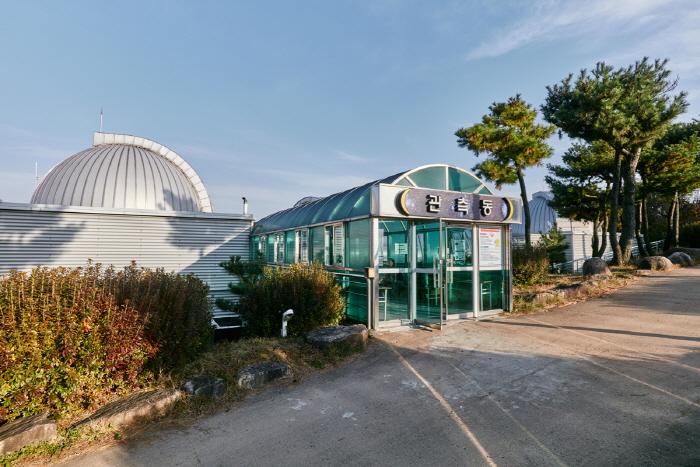

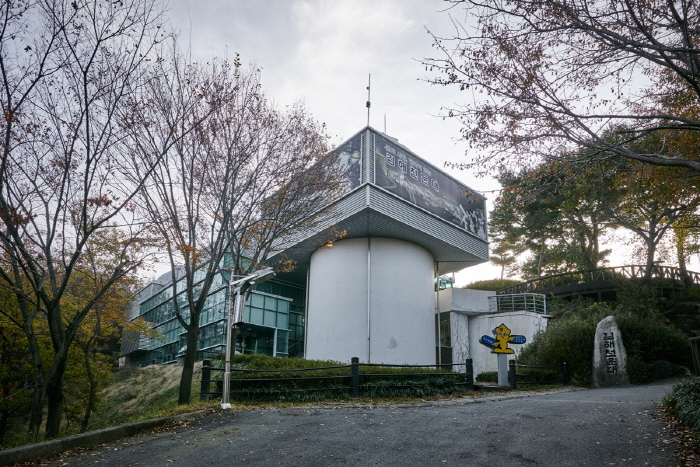
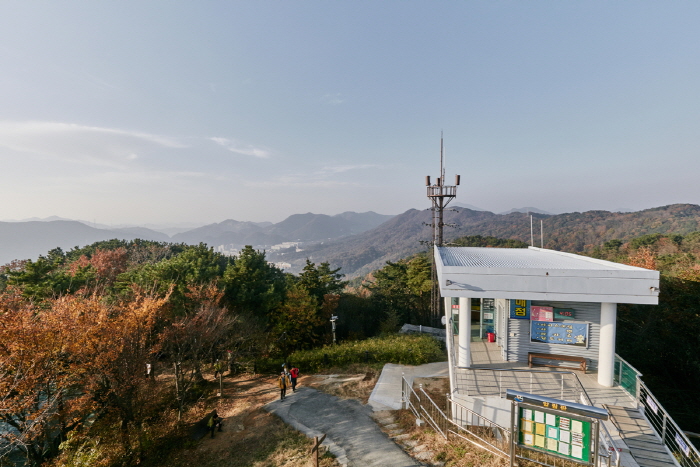
◎ Nearby Tourism Infobox
⊙ The Painters: The Gaya Kingdom – Gimhae(페인터즈 가야왕국-김해)
⊙ Gimhae Gaya History Park (김해가야테마파크)
View detailed guide on Korea Trip Guide →
– Homepage
https://gtp.ghct.or.kr
https://www.instagram.com/gayapark/
– Tel
+82-55-340-7900
Gimhae Gaya History Park is a resting area that provides comfortable relaxation in the daily lives of the busy people and also a cultural complex where you can experience various cultures with your family, lover and friends.
Interactive theme park combining Education + Entertainment Edutainment park where you can see, hear, touch and learn about the history of Gaya and the brilliant heritage of its people through plays, experiences and exhibits.
⊙ Bunsanseong Fortress (김해 분산성)
View detailed guide on Korea Trip Guide →
– Homepage
tour.gimhae.go.kr
www.cha.go.kr
– Tel
+82-55-330-3925
Bunsanseong Fortress was constructed in the 3rd year of the reign of Goryeo’s King U (1377) by Magistrate Park Wi to defend against foreign enemies, but it was destroyed during the Japanese invasion of 1592. The fortress we see today was reconstructed by Magistrate Jeong Hyeon-seok in the 8th year of the reign of Joseon’s King Gojong (1871). However, it is estimated that it was first built during the days of Gaya. It is a temoe-style fortress with rocks piled up like a long band at the peak of Bunsan from which downtown Gimhae, Gimhae Plains, the Nakdonggang River and the South Sea are all in a single, panoramic view. Today, fortress walls remain stretching for some 900 meters on the slope towards the city and, inside the fortress, there are two gate sites in the south and north, an auxiliary gate on the west, a well site and several other building sites. The exact length of the remaining fortress walls is 929 meters and the average x_width is about 8 meters.
Inside the fortress lies Haeeunsa Temple, which was built to pay respects to Queen Heo of Garak who had come from the sea, according to stories. The temple also enshrines portraits of King Suro and Queen Heo that were painted during the Joseon dynasty. During the Japanese invasion of 1592, monk soldiers were stationed at this temple.
The fortress is more popularly called “Manjangdae” by Gimhae locals, and this name originated from the description, “A tall tower 10,000 (man) gil in x_height,” granted by Daewongun in the Joseon dynasty for this advanced base that defeats Japanese invaders. A writing of “Manjangdae” written by Daewongun himself as well as his stamp are engraved on a rock behind a beacon that was restored in 1999.
⊙ Olive Young – Inje Univ. Branch [Tax Refund Shop] (올리브영 인제대)
–
⊙ Gimhae National Museum (국립김해박물관)
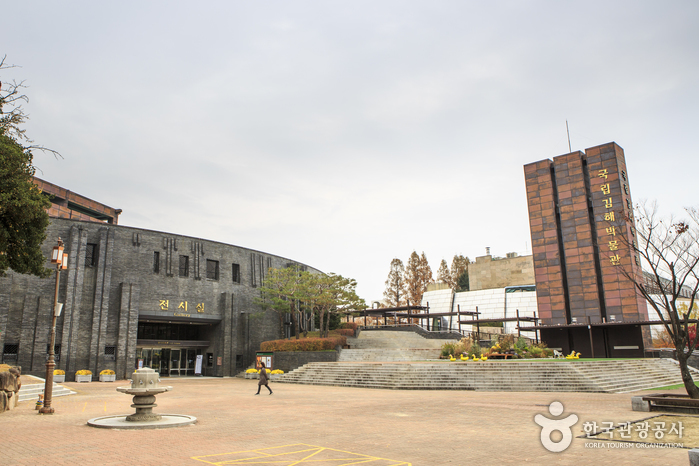
– Homepage
gimhae.museum.go.kr
The Gimhae National Museum was opened on July 29, 1998, in order to research and preserve the cultural heritage of the ancient kingdom of Gaya. The museum is at the foot of Gujibong Peak in Gimhae-si, the spot where the kingdom is believed to have been founded. The museum exhibits the cultural assets of Gaya, as well as cultural relics from the prehistoric age in the Busan and Gyeongsangnam-do areas, and the cultural heritage of Byeonhan, which was the foundation for the growth of Gaya.
The exterior of the museum is made using black bricks representing iron ore and charcoal famous during the Gaya Kingdom. There are two exhibition halls, while the walkway to the halls have approximately 1,300 artifacts in display.
⊙ Dongsang Market (동상시장)
– Homepage
www.ds-market.co.kr
Formed in 1945, Dongsang Market is a lifestyle-centric traditional market that offers a slew of daily necessities like vegetables, fruits, rice cakes, fishery products, and side dishes, as well as a popular alley specializing in Kalguksu (noodle soup). Designated as a cultural tourism market in 2017, it has since evolved into a vibrant space where traditional Korean culture harmoniously coexists with diverse global cultures. As more foreign workers have begun frequenting the market in recent years, a number of Asian grocery stalls have opened. In particular, vegetables favored by Southeast Asian customers, ritual foods, and Kalguksu (noodle soup) have become local specialties.
⊙ Gimhae Gujibong Peak (김해 구지봉)
View detailed guide on Korea Trip Guide →
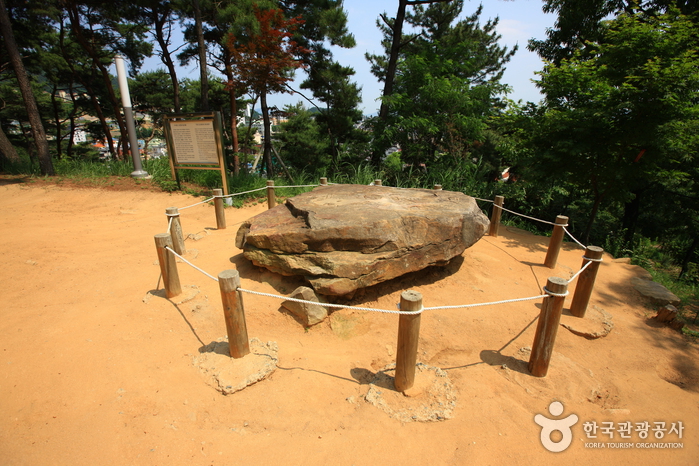
– Homepage
tour.gimhae.go.kr (Korean only)
www.cha.go.kr (Korean, English, Japanese, Chinese)
– Tel
+82-055-331-0086
Gujibong Peak in Gusan-dong, Gimhae in Gyeongsangnam-do is believed to be the birthplace of King Suro, the founder of the Gaya kingdom. The peak was originally named Gusubong (“gu” meaning “turtle,” “su” meaning “head”) after its resemblance to the head of a turtle. The flat part of the peak (the turtle’s “head”) is home to the Tomb of King Suro. On the summit is a southern-style dolmen dating back to the 4th century BC that consists of 5 or 6 support stones and a large cover stone measuring 2.5m in diameter. The cover stone bears the inscription “Gujibongseok,” said to be written by Han Ho.
Gujibong Peak is considered a sacred place by the local people because, according to legend, it is the place where the creation of the Gaya Kingdom took place. During the Japanese colonial rule, the “neck” of the turtle was destroyed by the construction of a mountain road. Years later, a pedestrian road was built to rejoin the neck and restore the feng shui of the mountain.
⊙ Mh Modern House – Homeplus Gimhae Branch [Tax Refund Shop] (MH 모던하우스 홈플러스김해)
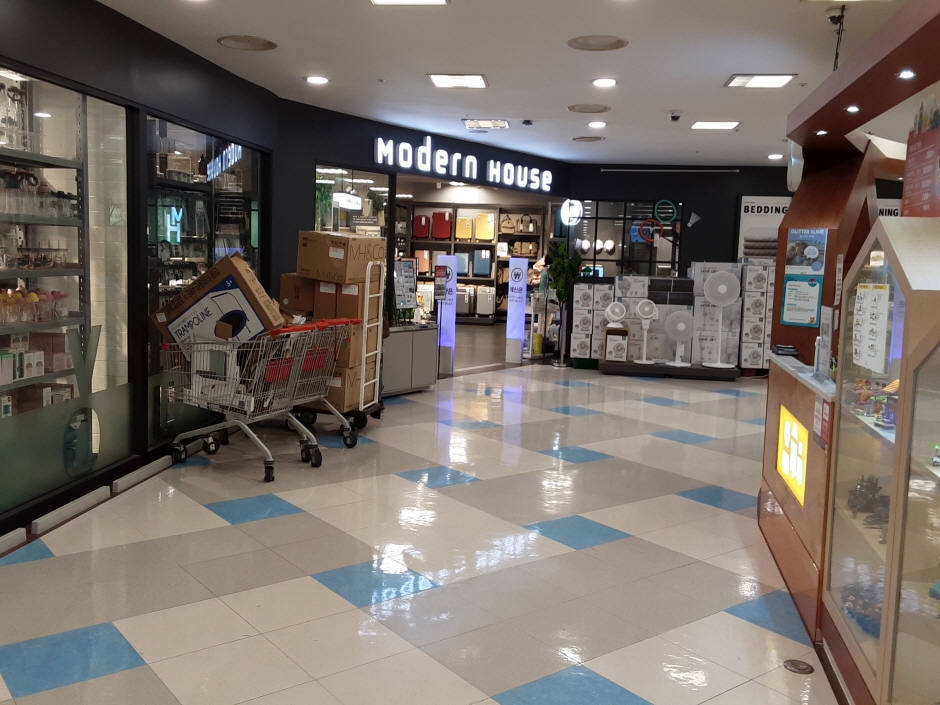
–
⊙ Homeplus – Gimhae Branch [Tax Refund Shop] (홈플러스 김해)
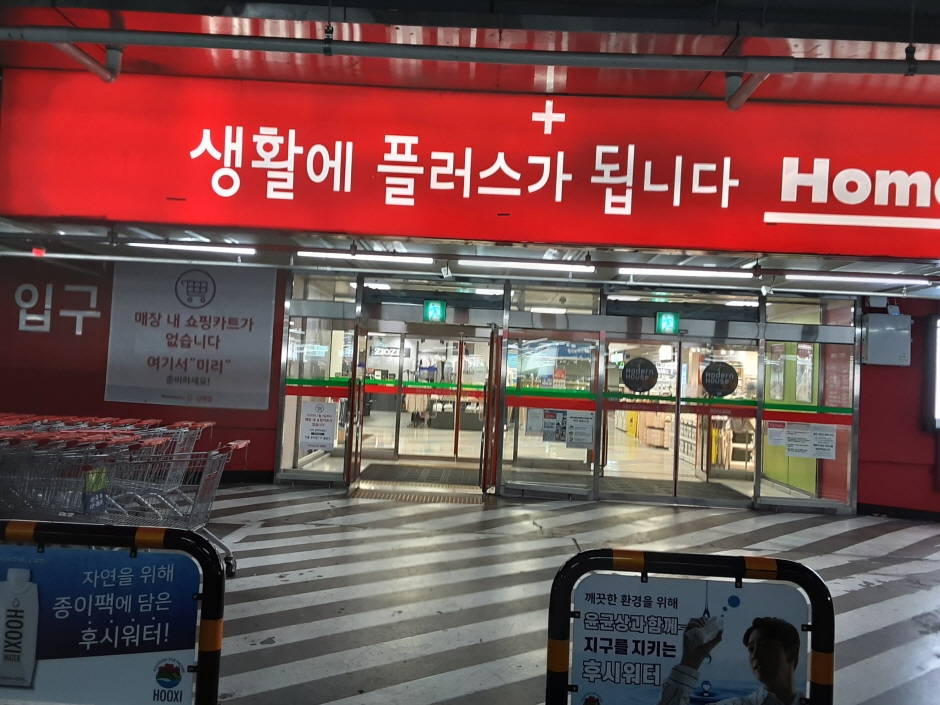
–
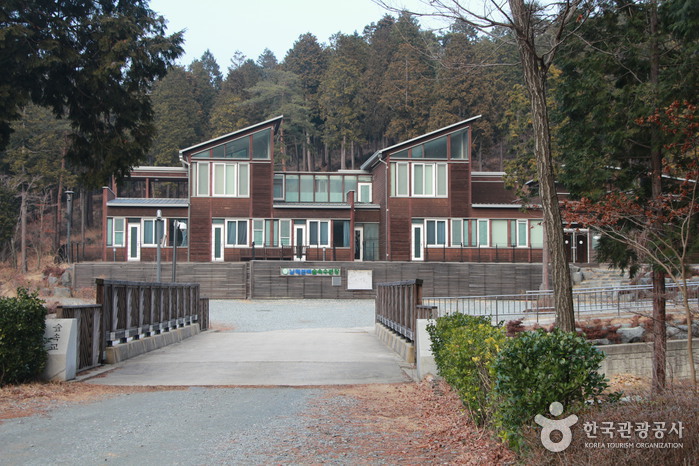
![Rogatis – Lotte Outlets Gimhae Branch [Tax Refund Shop] (로가디스 롯데아울렛 김해점)](https://ktrip.blogsailing.com/wp-content/uploads/2025/11/2886200_image2_1.jpg)
![Uniqlo – Yangsan Branch [Tax Refund Shop] (유니클로 양산)](https://ktrip.blogsailing.com/wp-content/uploads/2025/11/2888311_image2_1.jpg)
![E-Mart – Jinju Branch [Tax Refund Shop] (이마트 진주)](https://ktrip.blogsailing.com/wp-content/uploads/2025/11/2886309_image2_1-768x576.jpg)
![MU Sports – Lotte Gimhae Branch [Tax Refund Shop] (엠유스포츠 롯데김해)](https://ktrip.blogsailing.com/wp-content/uploads/2025/11/2886068_image2_1-768x576.jpg)
One Comment